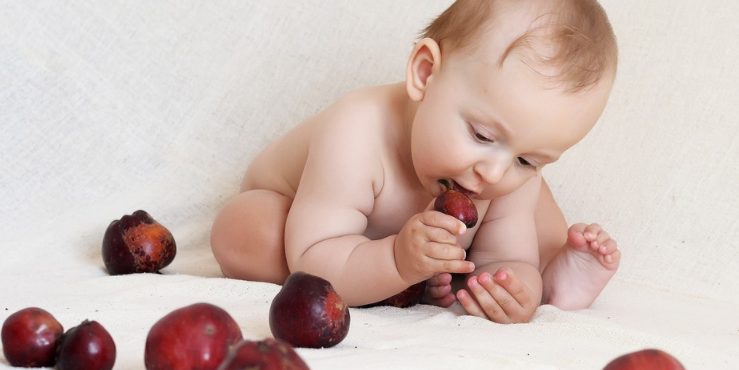What You Need to Know About Celiac Disease
The baby grows and develops rapidly, and soon it is essential to start introducing solid foods. However, chewing may continue for some time as the baby needs to grow teeth to chew and bite. If your child has been diagnosed with celiac disease, you can check out https://www.santemagazine.fr/sante/maladies/maladies-appareil-digestif/maladie-coeliaque-chez-lenfant-quel-regime-adopter-173482.
The Change of Digestive System
 The growth rate needs increasing amounts of food if it is to continue. The child’s digestive system must adapt to more and more changes in food use. It would help if you chose what is acceptable for the child’s needs. It is the beginning of a stage in life when the new person’s food needs are adjusted because of their life. If the wrong food is given, the child’s gastrointestinal tract may rebel, whether it is nausea or other unpleasant things to deal with. The gastrointestinal system must grow and work for your baby’s current needs at the same time.
The growth rate needs increasing amounts of food if it is to continue. The child’s digestive system must adapt to more and more changes in food use. It would help if you chose what is acceptable for the child’s needs. It is the beginning of a stage in life when the new person’s food needs are adjusted because of their life. If the wrong food is given, the child’s gastrointestinal tract may rebel, whether it is nausea or other unpleasant things to deal with. The gastrointestinal system must grow and work for your baby’s current needs at the same time.
Once your child has received a healthy diet that suits their needs, parents must watch them grow and develop on many different fronts. New skills are learned as tools develop in the child. Parents need to be aware that there are instances when steady development and growth seem disappointing. Several changes can occur, such as inability to focus, irritability or type of look, mental acuity, and memory do not seem to grow well.
These types of lack of expansion are often challenging to understand and can be caused by a variety of specific difficulties. You need to find out if there are any apparent patterns like diarrhea or sickness after foods that include wheat products like bread, pasta, or pizza. The lack of agility and energy expected from a young, healthy child wants to be tracked. If discomfort, along with several of the above signs, seems to be part of your child’s daily routine, it might be worth talking to your health care providers and asking if there might be any signs of celiac disease.
A Gluten-Free Diet
As with adults, when a child becomes ill, the villi of the intestines are destroyed. The child can no longer absorb from food the nutrients they need for their daily needs and organic growth and development of their organs. This lack of food absorption causes the food given to the child to be wasted. The child cannot thrive if they are unable to take advantage of the food they ingest. If the child is genuinely celiac, there is no clinical treatment, but if gluten is eliminated from the diet, the gut’s damaged cells can regenerate. As long as they are kept gluten-free, they are likely to grow and develop.
If moving damage is found, then it is time to change the diet. These ingredients are often found in cereal flours or established products. However, it is relatively easy to follow a gluten-free diet when encountering celiac disease in children. Foods that are generally safe to eat on a gluten-free diet can be categorized as vegetables, fruits, meat and poultry, dairy/eggs, fish (almost any fish, as long as it is not prepared with gluten-free ingredients.) The most important thing is to avoid the apparent products that have gluten.

